When reaching out to target prospects in new markets, a well-structured advertising strategy can help reach people you may not have previously engaged with. There is no faster way to build a new database of prospects, engage with leading decision makers in your target markets, and start filling your pipeline in the short term than through paid advertising.
But digital advertising can be overwhelming without a good strategy to optimize performance, ensure accurate targeting, and engage with and follow up with prospects after you connect with them. Let’s take a closer look at some of the tactical approaches to identifying new accounts and serving them brand advertising and messaging that works best.
Leveraging Prospecting for Targeting
Any new campaign starts with prospecting and fully defining your target audience. It’s a lot of work, but thankfully you can leverage it in your advertising efforts to deliver hyper-targeted messaging to the right people at the right time and on the right platforms.
DSPs, Google, and LinkedIn allow you to upload prospecting data for direct targeting purposes and also create look-alike audiences. Once these are matched and set up as targeting segments, you can serve these key prospects display, native, video, high-impact, social ads, and more. Also, B2B data and online identification partners like Bombora and LiveRamp offer other ways to identify and target key accounts. We’ve written more extensive articles on these topics here and here.
There’s no reason to reinvent the wheel and fully define your audience from scratch in a world with robust, highly engineered ad platforms like those that Microsoft and Google have developed.
Industry-Specific Content Syndication
Content syndication is one of the best ways to increase your brand's visibility and reputation and share your opinion within contextually relevant editorial environments. Industry-specific content you syndicate could be articles (or fragments of them), ebooks, whitepapers, videos, infographics, checklists, etc.
Syndication comes in many forms, including:
- Promotion of existing assets on social media advertising networks. These networks are designed to amplify content and share it with a wide audience. LinkedIn also offers messaging tools like InMail that allow you to send personalized messages to specific individuals based on title, industry, and company size with links to your content.
- Distribution with thought leaders in industry-adjacent platforms. There are dozens of publications and thought leadership platforms that offer sponsored content opportunities where you can publish original content, links to downloadable white papers and eBooks, or promote your upcoming webinars.
- Other creative ways to amplify and syndicate content. Beyond content networks that allow you to advertise content on wider ad platforms, you can also pay for placement of your most valuable and highest converting content in newsletters, co-sponsored webinars, or on blogs and review sites that are relevant to your audience.
A single piece of content has immense value, but only if it is distributed to as wide of a network as possible. From the moment you start producing content, consider how best to amplify reach using both paid and organic channels.
Targeting for ABM
If you don’t have an ABM-specific platform in your current tech stack, don’t fret. Between LinkedIn Sales Navigator and programmatic advertising, you can target down to the industry, account, and even individual decision-maker level. See our B2B Programmatic Advertising: The New Driver of Success article for further detail.
However, if you do have access to an ABM platform, then you’re probably already prospecting, deploying, and tracking account-specific campaigns. Here we strongly suggest clustering and segmenting your accounts and targeting them accordingly.
While there are a number of ways to cluster, we typically structure ABM targets around customer pain points. You can align pain points that occur within specific industries, geographies, existing technology footprints, or recent triggering/compelling events (a merger or new CFO, for instance). These targeting clusters allow B2B marketers to present tailored content and offers that hit the right note and lead to greater conversions.
Building a Long Term Advertising Strategy That Works to Reach Your Audience
Modern advertising is more targeted than ever before. Combining incredibly deep meta data about users with AI-driven matching systems, the major online ad platforms are able to connect your content and messaging with the right people at the right time more often than not. But it doesn’t happen automatically. You need to know who your audience includes, where they spend the majority of their time, and which messaging is most likely to resonate.
Learn more about how to approach the entire process as a B2B tech firm in our How-To Guide for B2B Brands Aiming to Break into New Sectors.
.png?width=250&height=153&name=CSI-OverskiesRebrand_LOGO-01(smaller).png)

.png?width=100&height=61&name=CSI-OverskiesRebrand_LOGO-01(smaller).png)



.png?width=88&name=CSI-OverskiesRebrand_LOGO-01(smaller).png)



